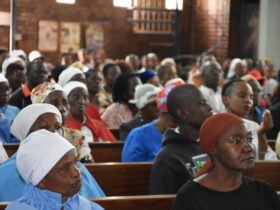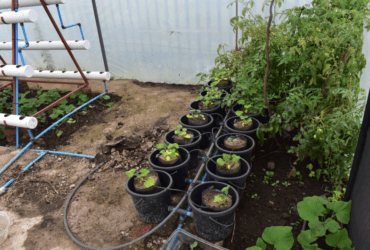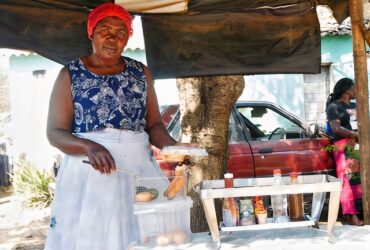A Story of Mr. Debe from Rural Mutoko District, Zimbabwe
In Nhire Village, which falls under Chief Chimoyo, Ward 15 of Mutoko, Mwanawashe Debe stands out as a resilient and adaptive farmer. He leads a household of eight individuals and is one of the most successful agroecology farmers in the Mutoko District. Despite the devastating prevalence of the 2023/24 El Niño-induced drought—which made farming across the southern Africa region extremely difficult—Mr. Debe’s experience exemplifies resilience. In an area where agricultural activity is estimated by Agritex experts to be below 30%, Mr. Debe’s 39-by-16-meter plot is expected to yield close to 0.7 tonnes of maize.
Mutoko falls under Zimbabwe’s Natural Agricultural Region IV – Semi-Extensive Farming. This region experiences low total rainfall (450–650 mm) and is subject to seasonal droughts and severe dry spells during the rainy season. Mr. Debe, a conservation agriculture practitioner, began preparing his field in August 2023. During the preparations, he sourced a special type of manure (compost made from tree leaves and grass) from the wilderness, which he mixed with animal manure and placed about 900 grams in every planting hole. He added very minimal chemical fertilizers. Hoe-weeding, complemented by extensive mulching, was used to combat both weed growth and excessive evaporation. In light of extremely minimal rains, every drop counted. The threat of fall armyworms (Spodoptera frugiperda) endangered his yield. However, his mitigation measure was to utilize organic pesticides (“strikes”), sand, and manual scouting.
By David Bote, Project Lead, Climate Justice and Food Security









Leave a Reply